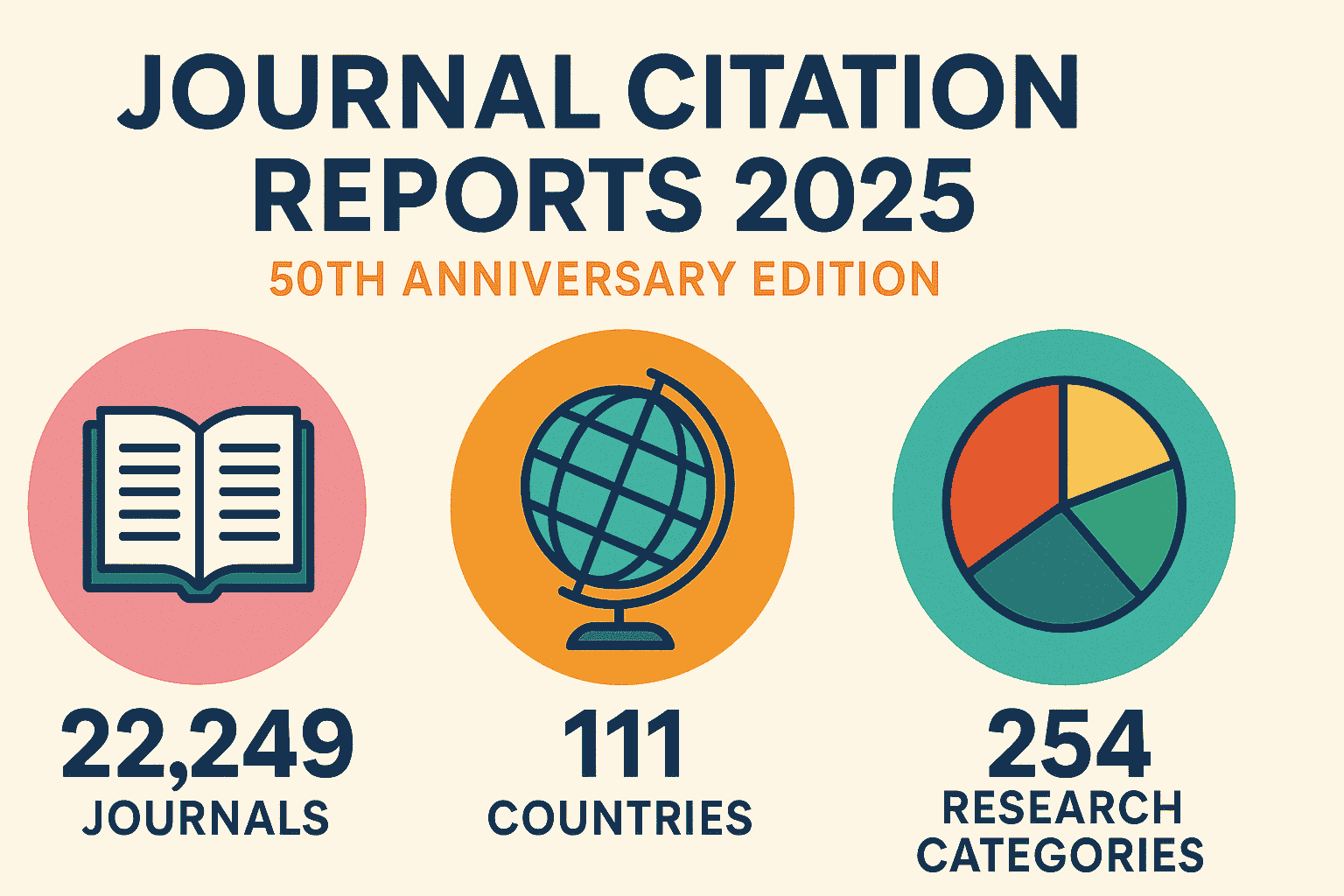Fluorescence Imaging Protocol
Fluorescence Imaging Protocol
Fluorescence imaging is a powerful tool often used in biological research to visualize cells and tissues. The protocol for fluorescence imaging can vary depending on the specific purpose of the study, the type of sample being analyzed, and the type of fluorescent probes being used. Here is a general outline of the steps involved in a typical fluorescence imaging protocol:
1. Sample preparation: This could involve growing cells, tissue excisions, or preparing material slides. It’s necessary to ensure that the specimen is clean and free from any substances that could interfere with the fluorescence.
2. Fluorescent Probes/Dye Selection: Choose an adequate fluorescent probe that will attach to your area of interest. This step is critical, as the dye should attach to the exact location and not damage the specimen by influencing any biological processes.
3. Dye Staining: Apply your chosen dye to your specimen. This could be a simple bath in a dye solution or involve a more complex process like injecting the dye. This will depend on your sample and the dye you’re working with.
4. Incubation: Your specimen should be given enough time for the dye to bind to the cells or molecules of interest properly. This could take anywhere from a few minutes to a few hours.
5. Washing: Any unattached dye should be thoroughly rinsed off to prevent it from fluorescing and causing a high background signal.
6. Mounting the sample: The sample could be mounted on a slide for microscopy.
7. Imaging: Use fluorescence microscopy to observe and take images of your sample. Adjust the wavelength settings on the microscope to correspond with the wavelengths that your fluorescent probe can absorb and emit.
8. Data analysis: Use various image analysis tools to process and analyze the images. This could involve measuring the intensity of fluorescence, the area covered, or the number of fluorescent spots, among other things.
You should always follow safety protocols when dealing with specific chemicals and equipment, as per your institution’s guidelines or the manufacturer’s instructions. Performing a control side-by-side with your experiment is recommended to validate your findings.
Take precautions not to photobleach your sample by using the correct filter and avoiding unnecessary exposure to light.
Also, please note that these protocols can vary depending on the specifics of a given study.








